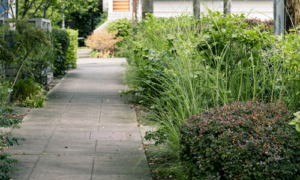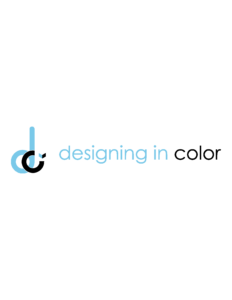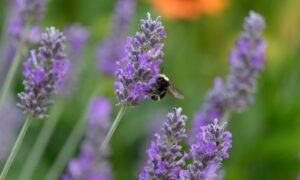Rocky Mountain maple is a small, rather delicate-looking tree, with opposite, ascending to erect branches, rounded twigs, and a narrow crown. Rocky Mountain maple occurs on wetlands, streambanks, canyons, and upland mountain slopes. At maturity, it can exceed 25 feet high. Flowers are greenish-yellow, appearing early in the spring in small clusters. Description from Utah State University
Home > Plant Guide >
Scientific Name
Family
Garden Type
Wildlife
Native Plant Region
Light needs
Water Needs
Plant Type
Bloom Color(s)
Height
Width
Months in Bloom
Safe Beneath Power Lines?

We’d like to maintain accurate and robust plant listings. If you see information that is not correct or that could be added to improve the listing, please let us know. Or if you’d like to suggest a plant to add to our plant guide, you can use this form do so. Thank you!

Do you want to plant a tree, create butterfly habitat, or start a vegetable garden but don’t have a yard? Learn how planting strips are a great place to start your own garden!

Three inspiring local food justice practitioners will share how their work in urban farming improves access to healthy foods, fosters relationships to land, and builds community.

Learn about diversifying the way architecture is taught and practiced from designers of color.

Check out our list of local wildlife-supporting plant stores and nurseries, organizations, and community science opportunities.

Some introduced plant species can diminish biodiversity. Other plants produce poisons that can harm wildlife. Learn what plants to avoid when figuring out what to plant or remove in your outdoor space.

New types of vegetation can attract additional wildlife to an area. You might be surprised how a little green can go a long way!
Nature of Your Neighborhood is a collaboration between Birds Connect Seattle, the Capitol Hill EcoDistrict, and the Seattle Bird Conservation Partnership. Our goal is to foster relationships between the people and the nature of their neighborhoods.